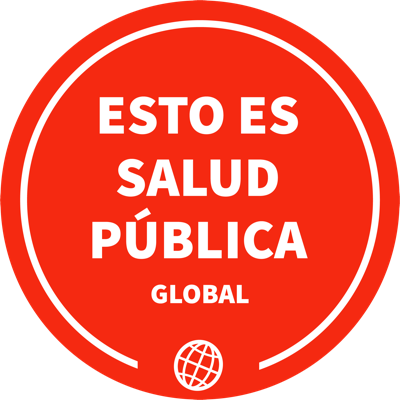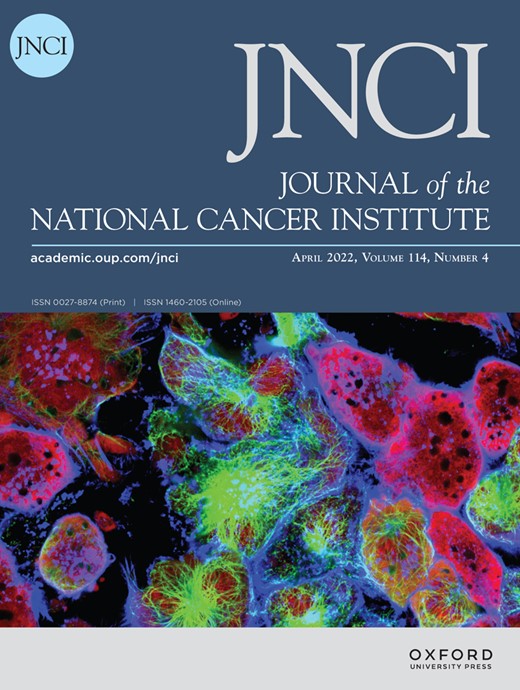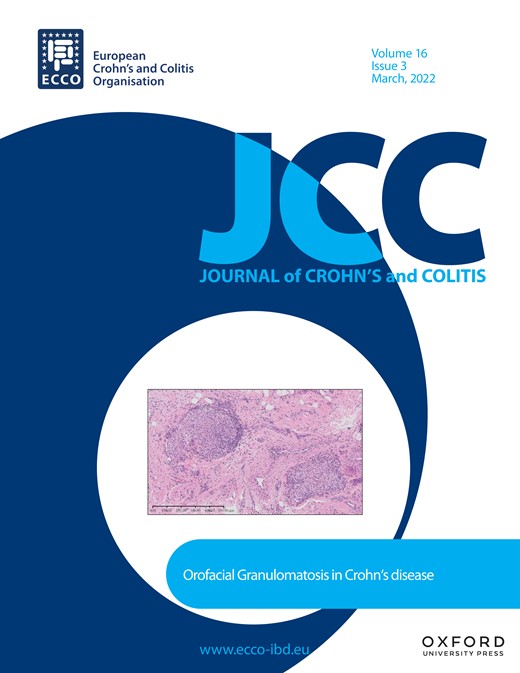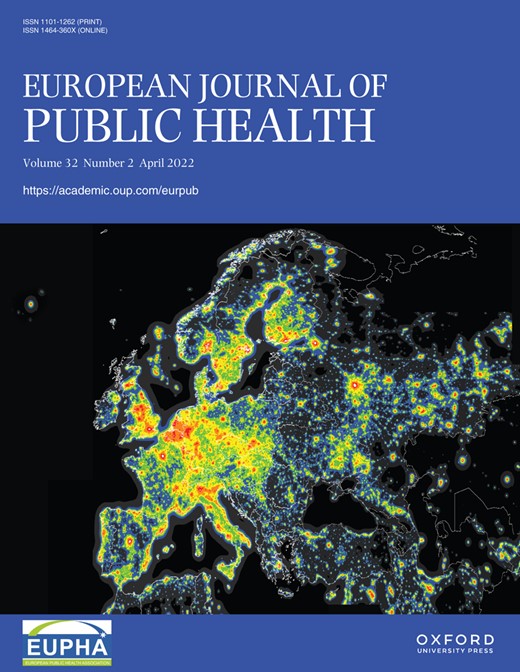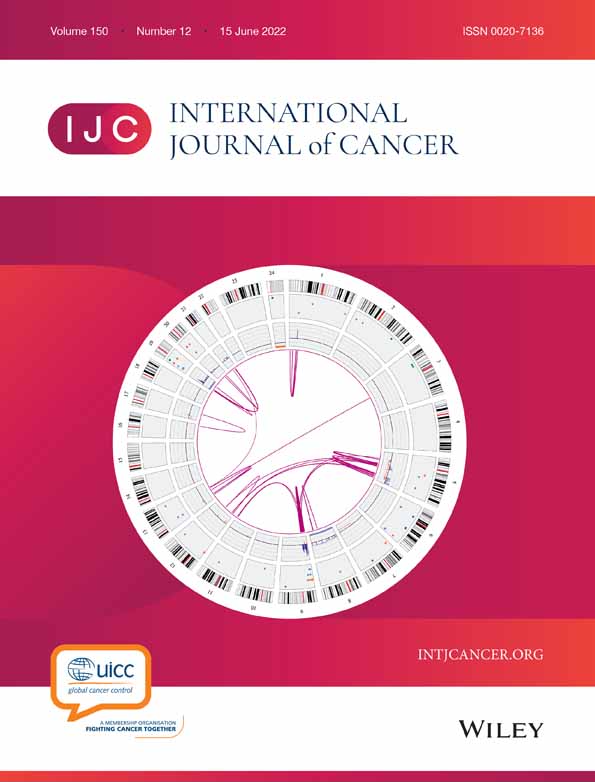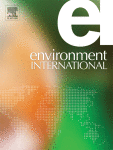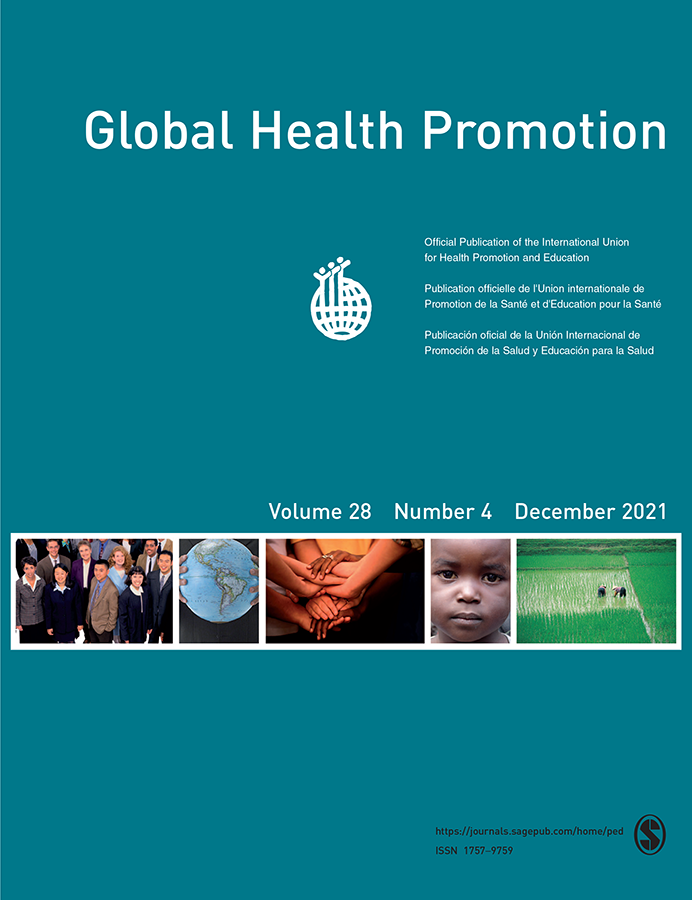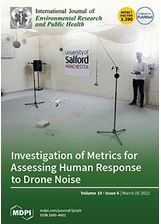Metabolically Defined Body Size Phenotypes and Risk of Endometrial Cancer in the European Prospective Investigation into Cancer and Nutrition (EPIC)
Background: Obesity is a risk factor for endometrial cancer but whether metabolic dysfunction is associated with endometrial cancer independent of body size is not known. Methods: The association of metabolically defined body size phenotypes with endometrial cancer risk was investigated in a nested case–control study (817 cases/ 817 controls) within the European Prospective Investigation into…


